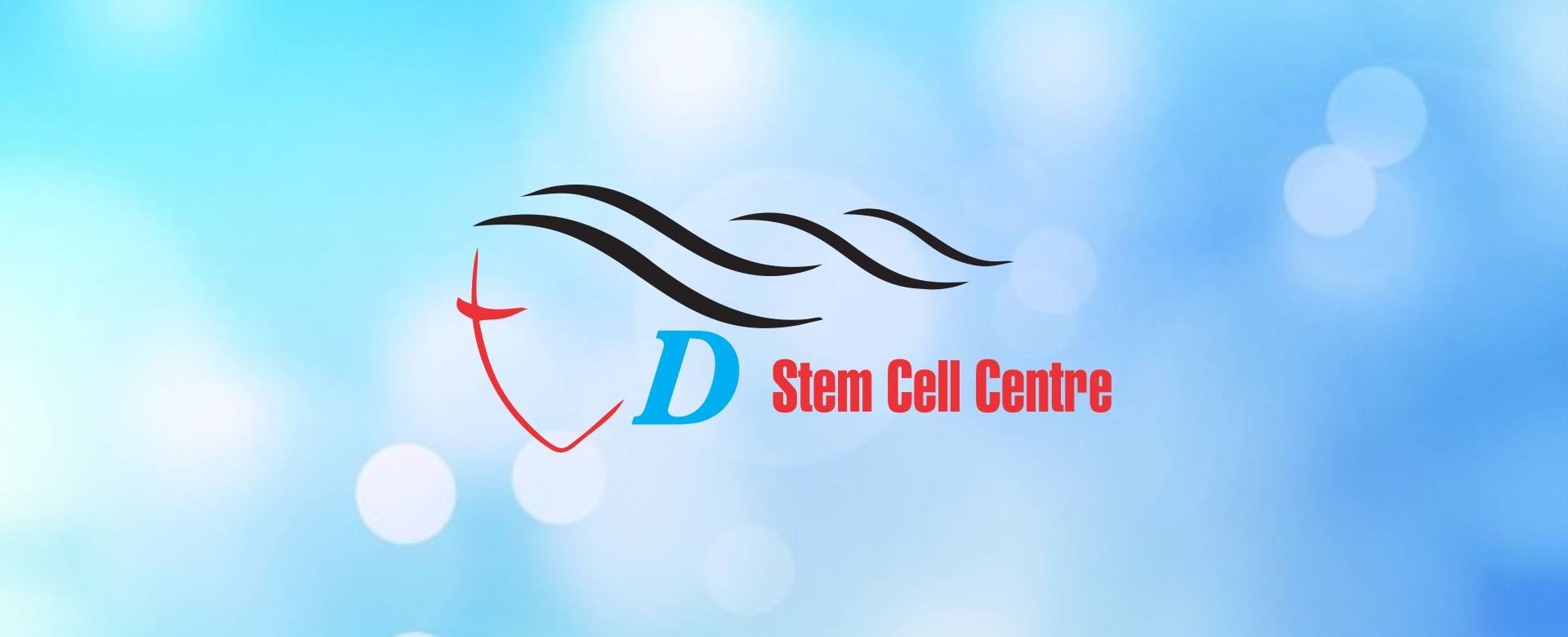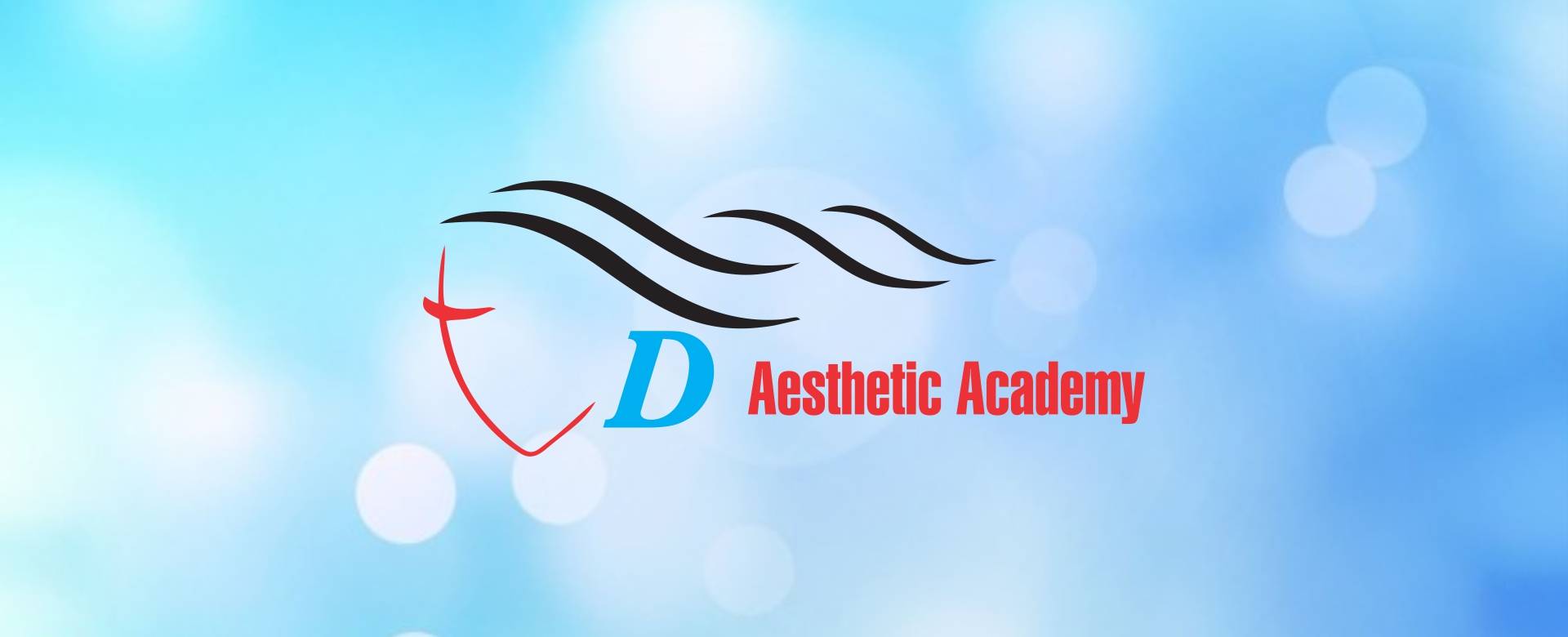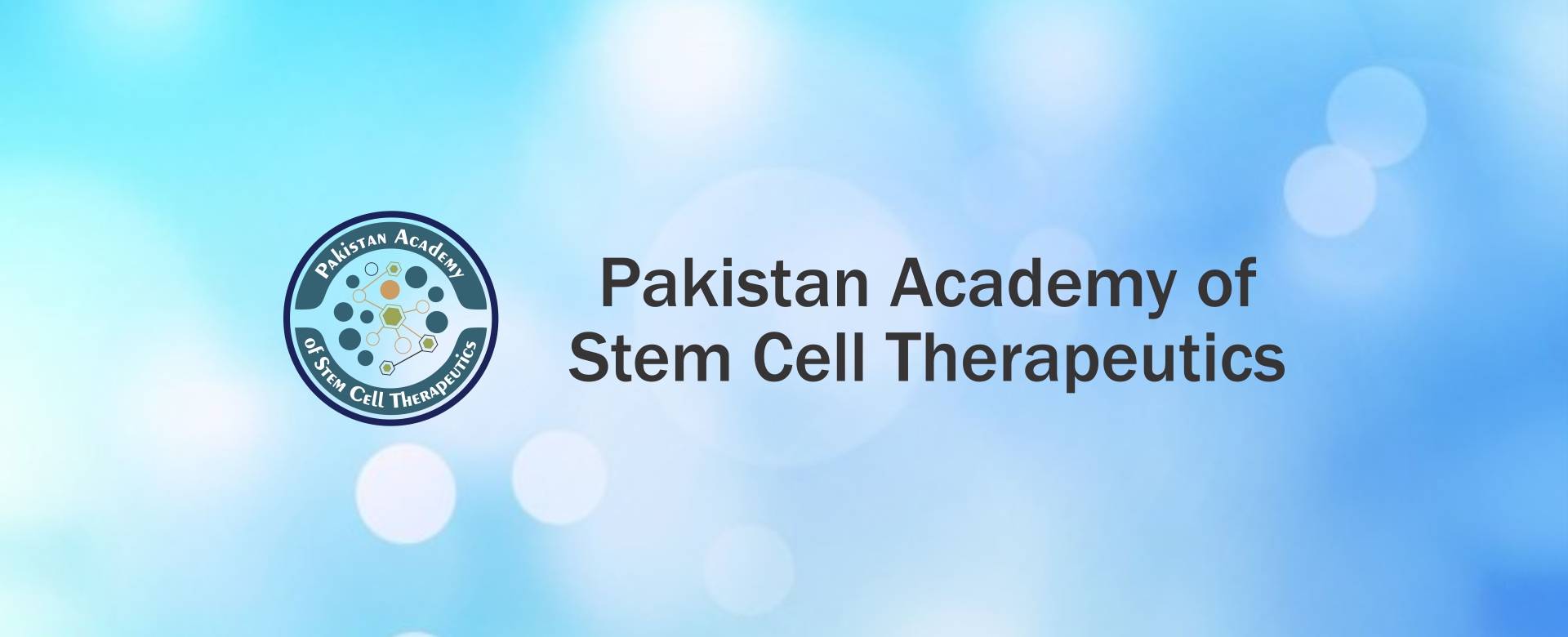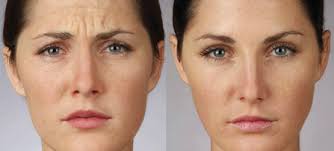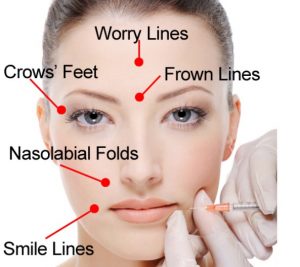
Botox injection is a successful non-surgical cosmetic procedure, to get rid of deep wrinkles in the skin usually between eyebrows of the forehead and from the corners of eyes. Botox is predominantly used as a treatment to reduce the appearance of facial wrinkles and fine lines in older adults. It is used medically to treat certain muscular conditions and cosmetically remove wrinkles by temporarily paralyzing muscles. Beyond aesthetic applications, Botox has been found useful in treating a variety of medical conditions including eye squints, migraines, excess sweating and leaky bladders. Botulinum toxin is currently used to treat over 20 different medical conditions, with more applications under investigation.

In cosmetic applications, Botox is considered safe and effective for reduction of facial wrinkles, especiallyin the uppermost third of the face. Injection of botulinum toxin into the muscles under facial wrinkles causes relaxation of those muscles, resulting in the smoothing of the overlying skin. Smoothing of wrinkles is usually visible three days after treatment and is maximally visible two weeks following injection. The treated muscles gradually regain function, and generally return to their former appearance three to four months after treatment. Muscles can be treated repeatedly to maintain the smoothed appearance. There is no doubt that Botox has secured its place in every aesthetic Physician’s medication fridge. We at Dermesthetic have experienced dermatologists and cosmetologists conducting these procedures.
Ingredients
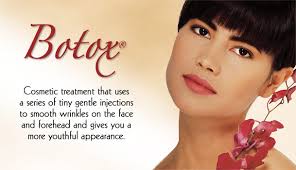 Botulinum toxin (BTX) is a neurotoxic protein commonly known as Botox produced by the bacterium Clostridium botulinum and related species. It prevents the release of the neurotransmitter acetylcholine from axon endings at the neuromuscular junction and thus causes flaccid paralysis. Infection with the bacterium causes the disease botulism. The toxin is also used commercially in medicine, cosmetics and research.
Botulinum toxin (BTX) is a neurotoxic protein commonly known as Botox produced by the bacterium Clostridium botulinum and related species. It prevents the release of the neurotransmitter acetylcholine from axon endings at the neuromuscular junction and thus causes flaccid paralysis. Infection with the bacterium causes the disease botulism. The toxin is also used commercially in medicine, cosmetics and research.
Treatment
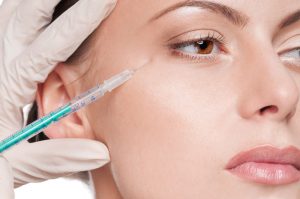
BOTOX apart from anti-aging agent is used to treat a number of disorders characterised by overactive muscle movement, including post-stroke spasticity, post-spinal cord injury spasticity, spasms of the head and neck, eyelid, vagina, limbs, jaw, and vocal cords. Similarly, botulinum toxin is used to relax clenching of muscles, including those of the esophagus, jaw, lower urinary tract and bladder or clenching of the anus which can exacerbate anal fissure.It may also be used for improper eye alignment. Botulinum toxin appears to be effective for refractory overactivebladder. It takes 24-72 hours for botulinum toxin to take effect, which reflects the time needed for the toxin to disrupt the synaptosomal process. In very rare circumstances, it may take as long as 5 days for the full effect of Botox to be observed
Side Effects
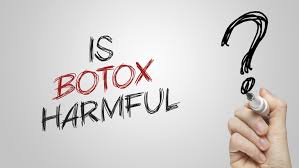 Side effects from cosmetic use of BOTOX is generally result from unintended paralysis of facial muscles. These include partial facial paralysis, muscle weakness, and trouble swallowing. Side effects are not limited to direct paralysis however, and can also include headaches, flu-like syndromes, and allergic reactions. Just as cosmetic treatments only last a number of months, paralysis side-effects can have the same durations. At least in some cases, these effects are known to disperse in the weeks after treatment. Bruising at the site of injection is not a side effect of the toxin but rather of the mode of administration, and is reported as preventable if the clinician/doctors/physician applies pressure to the injection site; when it occurs. BOTOX should not be used in pregnant or lactating women, or by people who have had a previous allergic reaction to the drug or any of its ingredients.
Side effects from cosmetic use of BOTOX is generally result from unintended paralysis of facial muscles. These include partial facial paralysis, muscle weakness, and trouble swallowing. Side effects are not limited to direct paralysis however, and can also include headaches, flu-like syndromes, and allergic reactions. Just as cosmetic treatments only last a number of months, paralysis side-effects can have the same durations. At least in some cases, these effects are known to disperse in the weeks after treatment. Bruising at the site of injection is not a side effect of the toxin but rather of the mode of administration, and is reported as preventable if the clinician/doctors/physician applies pressure to the injection site; when it occurs. BOTOX should not be used in pregnant or lactating women, or by people who have had a previous allergic reaction to the drug or any of its ingredients.



